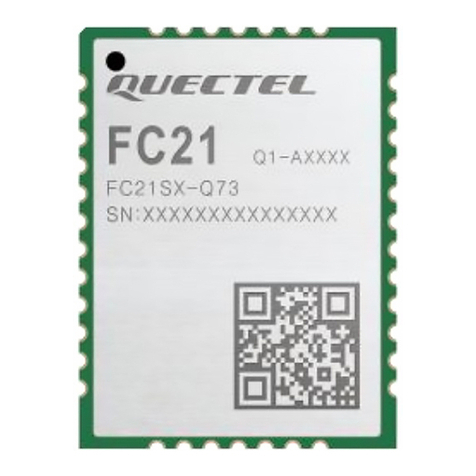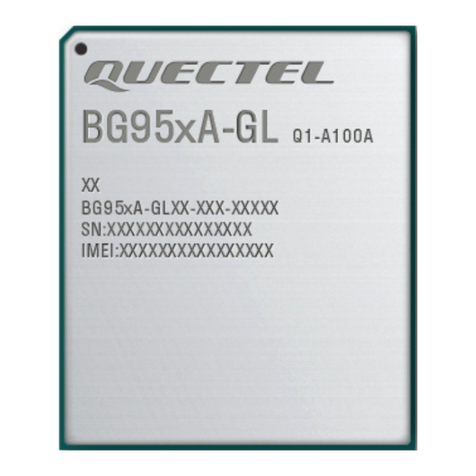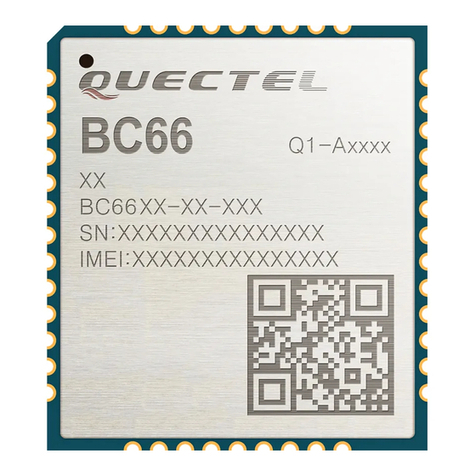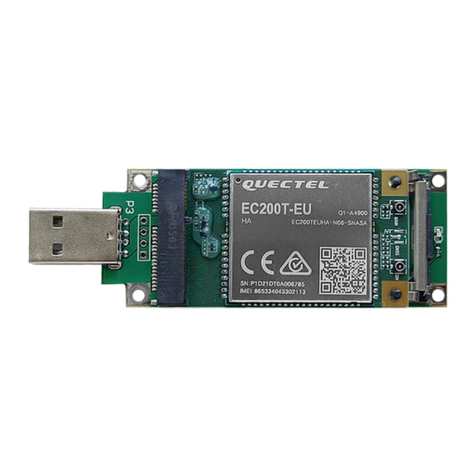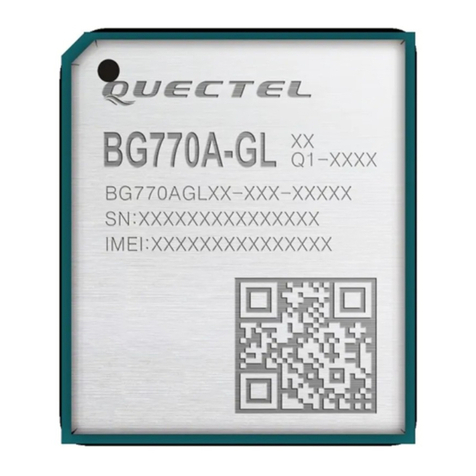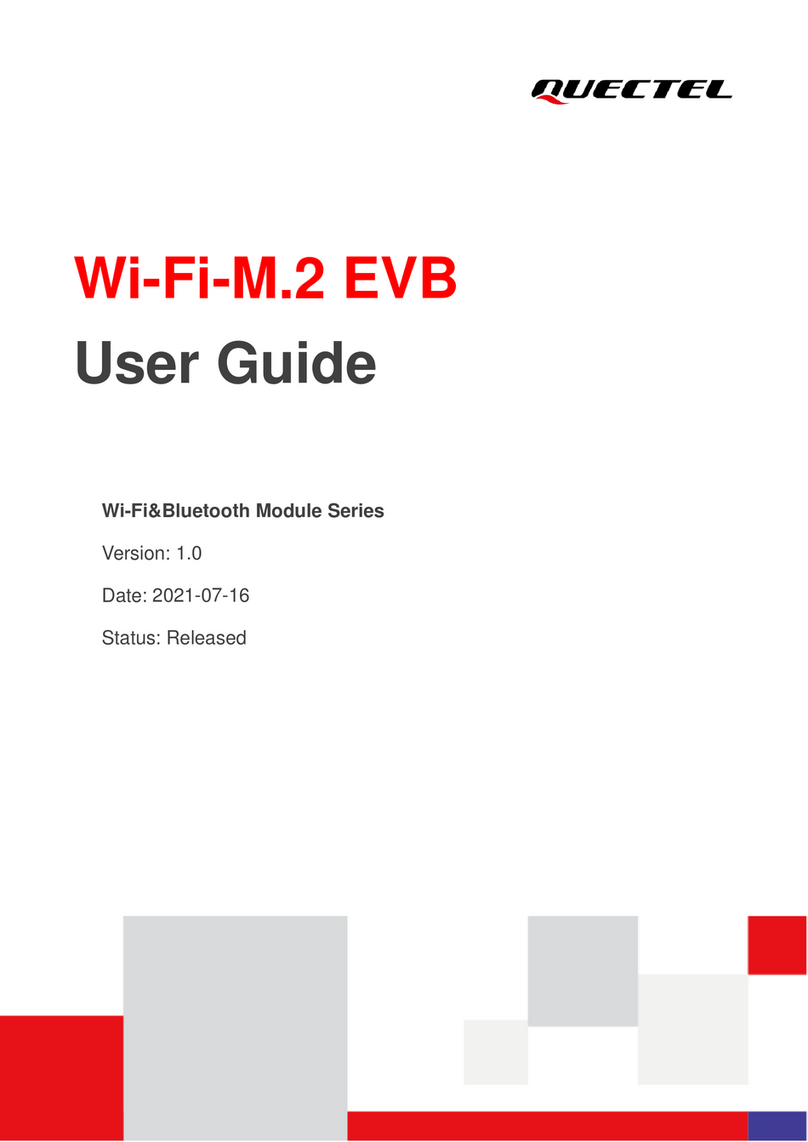LTE Standard Module Series
EG21-G Mini PCIe Hardware Design
EG21-G_Mini_PCIe_Hardware_Design 3 / 54
Contents
About the Document...................................................................................................................................2
Contents.......................................................................................................................................................3
Table Index...................................................................................................................................................5
Figure Index.................................................................................................................................................6
1Introduction ..........................................................................................................................................7
1.1. Safety Information......................................................................................................................8
2Product Concept..................................................................................................................................9
2.1. General Description...................................................................................................................9
2.2. Module Description....................................................................................................................9
2.3. Key Features ...........................................................................................................................10
2.4. Functional Diagram .................................................................................................................13
3Application Interfaces .......................................................................................................................14
3.1. Pin Assignment........................................................................................................................14
3.2. Pin Description.........................................................................................................................15
3.1. Operating Modes.....................................................................................................................18
3.2. Power Saving...........................................................................................................................19
3.2.1. Sleep Mode....................................................................................................................19
3.2.2. Airplane Mode................................................................................................................19
3.3. Power Supply...........................................................................................................................19
3.4. (U)SIM Interface ......................................................................................................................20
3.5. USB Interface ..........................................................................................................................22
3.6. UART Interface........................................................................................................................23
3.7. PCM and I2C Interfaces..........................................................................................................24
3.8. Control and Indication Signals.................................................................................................27
3.8.1. RI Signal.........................................................................................................................27
3.8.2. DTR Signal.....................................................................................................................27
3.8.3. W_DISABLE# Signal......................................................................................................28
3.8.4. PERST# Signal..............................................................................................................28
3.8.5. LED_WWAN# Signal .....................................................................................................29
3.8.6. WAKE# Signal................................................................................................................30
4GNSS Receiver...................................................................................................................................31
4.1. General Description.................................................................................................................31
4.2. GNSS Performance.................................................................................................................31
4.3. GNSS Frequency.....................................................................................................................32
5Antenna Connection..........................................................................................................................33
5.1. Antenna Connectors................................................................................................................33
5.1.1. Operating Frequency .....................................................................................................33
5.2. Antenna Requirements............................................................................................................35
5.3. Recommended Mating Plugs forAntenna Connection...........................................................36






